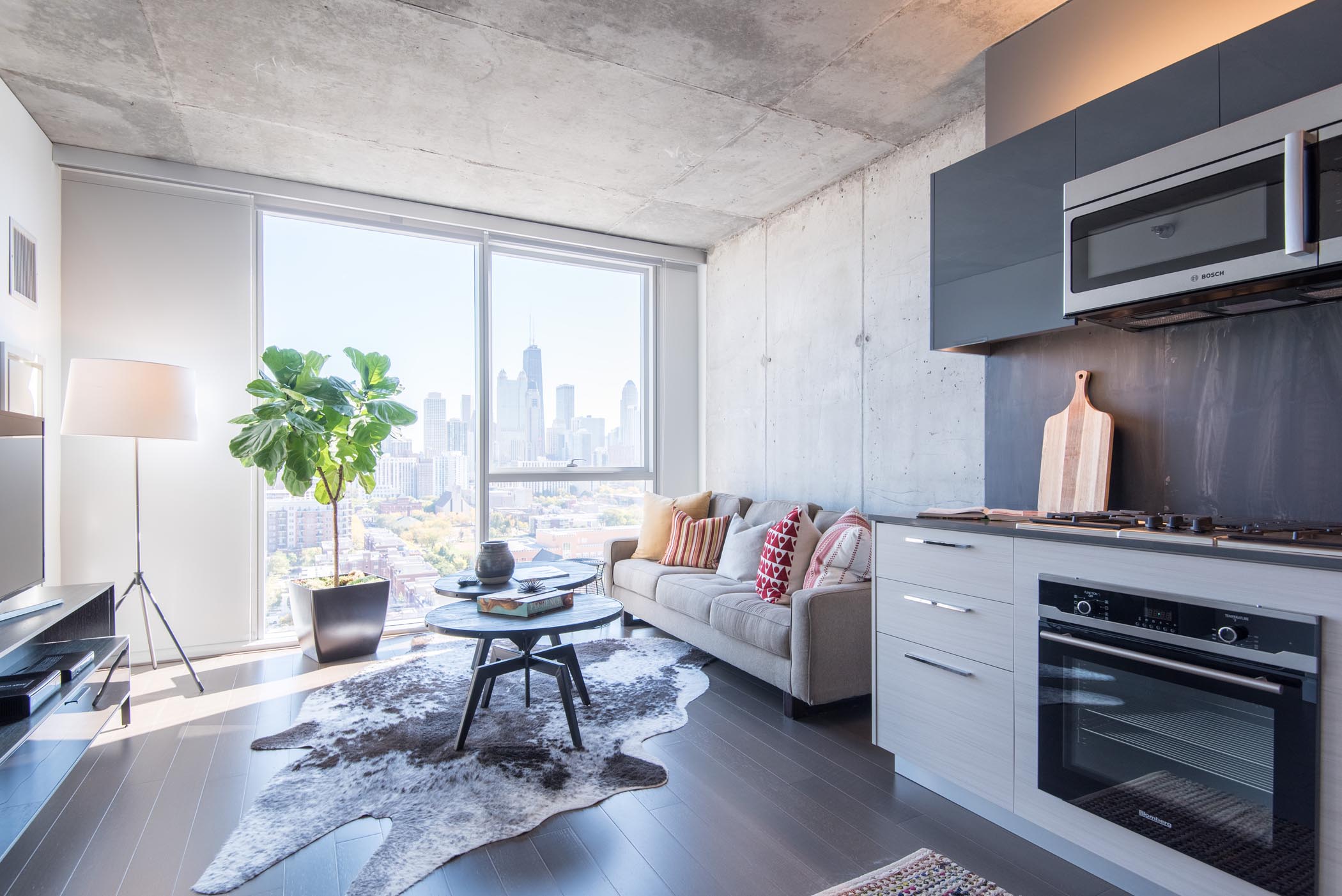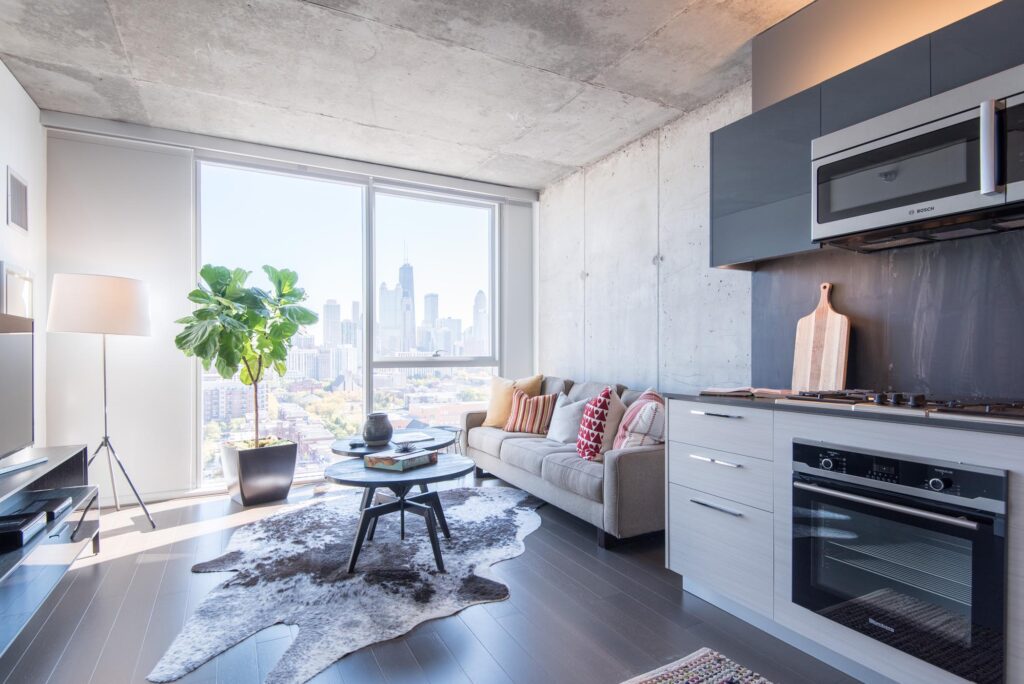Why Engaging the Community Will Get Your Next Project Approved Faster

Development projects in Chicago’s 44th ward can require up to 8 community group meetings.
Projects in Chicago’s 43rd ward often involve up to 10 community groups weighing in on proposed development.
While developers may see these community meetings as a necessary evil to get projects through the approvals process, they can actually be strategically used to their advantage to generate a more positive response to proposed developments. AMG Real Estate Advisors sat down with planning consultant Courtney Kashima, Principal of Muse Community + Design, and the brains behind master plans for the Chicago Housing Authority and the Complete Streets Design Guidelines for the City of Chicago, to chat about tips for making the most out of community meetings.
1. Focus on People – Not Parking
Parking will always be a top concern for community members discussing any neighborhood project, but Kashima believes developers can change the conversation by focusing on people, not parking. “We aren’t building communities for cars – we are building them for people. You need things like parking and access, but the end user is people.” The process component of a successful public engagement strategy involves an open, honest discussion with residents about the limitations of the site and scope of the project. “It helps to say, ‘Here’s what is on and off the table’ for discussion. Make that clear up front.”
2. Predict and Pre-Emptively Address Community Concerns
Do the homework on expected community concerns before presenting plans to neighborhood groups, Kashima suggests creating a list of community stakeholders and says this is key to framing projects – and the language used to discuss them – in a way that pre-emptively addresses community concerns. “Developers should take time to really understand the individuals or groups – formal or informal – that [they] need to address and what their concerns might be. Language is important, too; for example, ‘assets’ means nothing to a neighbor. It’s very personal to them – you have to be able to switch gears in terms of language when talking to stakeholders.”
3. Choose the Right Presenter
Be strategic in selecting the appropriate member of the development team to present the project. Although the project’s architectural or legal team is often charged with presenting plans for community input, residents may feel that these individuals do not have the authority to make the requested revisions. Having a representative who has both the authority and tact to speak with residents about their concerns is key to successful public engagement.
4. Prepare for Online Public Engagement
Developers should be prepared to engage with neighborhood stakeholders outside the doors of the traditional community meeting. Kashima notes that, “It’s time to retire the Tuesday night community meeting as a default for ‘community engagement.’ If the strategy only includes 1 or 2 meetings, may cost you more in the long run or create surprise opposition later down the road.” Online forums such as Cityzen and coUrbanize allow developers and public officials to post project updates online for community feedback in real-time. These tools also allow for greater transparency in project revisions – a common concern voiced by neighbors at most community meetings – and allow residents unable to attend evening meetings to be part of the discussion. For example, Ald. Cappleman of the 46th Ward got a great digital response – over 1,000 resident submissions – by allowing block clubs to vote online for the zoning of residential permit parking on their block using a simple Google Form.
Online engagement is not likely to replace face-to-face discussions entirely, but these forums do allow for the silent majority to participate, sometimes in the developers’ favor.
5. Be Ready with Data to Ease Concerns
Neighborhood groups want some assurance that the foundation of their community will not change as a result of the project. Developers should anticipate these concerns and present their plans with data and market trends to back-up their rationales in a respectful way to gain backing from skeptical residents. Market studies, demographic reports, or tenant profiles from similar properties are key to painting a picture of how the community may change as a result of the proposed project. It also shows that the developer has done his or her homework on the current state of the neighborhood and how the proposed project can be an improvement. Kashima sees public engagement as both a philosophy and a process. Central to the philosophy is designing a project that meets your goals as well as the community’s. Understanding these goals and using data to support it will ensure success.
AMG Real Estate Advisors is a trusted consultant for developers and property management companies on all aspects of multifamily leasing. Our specialty is creating and executing lease-up strategies for new market rate apartments and value-add multifamily assets. If you’d like to receive innovative data-driven analytics about the Chicago apartment market from AMG Real Estate Advisors, please sign up below.
Search The Blog
Most Popular

Our Expert Apartment Finding Tips Will Answer Your Toughest Questions

How Do Chicago Apartment Finders Get Paid?

10 Companies Headquartered in Chicago
About Us
Up Next

Tips and Tricks to Decorate Your Chicago Apartment
Once you’ve worked with Luxury Living Chicago to successfully find a new apartment in downtown Chicago, the next step can be more difficult. Arranging […]

Co-signing a Chicago Apartment
Congratulations! You’ve landed a new job and are ready to move from mom and dad’s to your very first downtown Chicago apartment. While your […]

What’s New at Chestnut Tower Gold Coast Apartments
One block away from Chicago’s bustling River North neighborhood, Chestnut Tower sits on a peaceful, residential street of Gold Coast. The building stands tall […]

Floor Plan Feature: Gateways’ Newest West Loop Two Bedroom
Gateway, a boutique building in the West Loop, released a new two-bedroom floor plan that overlooks the corner Madison and Green. Less than a […]

